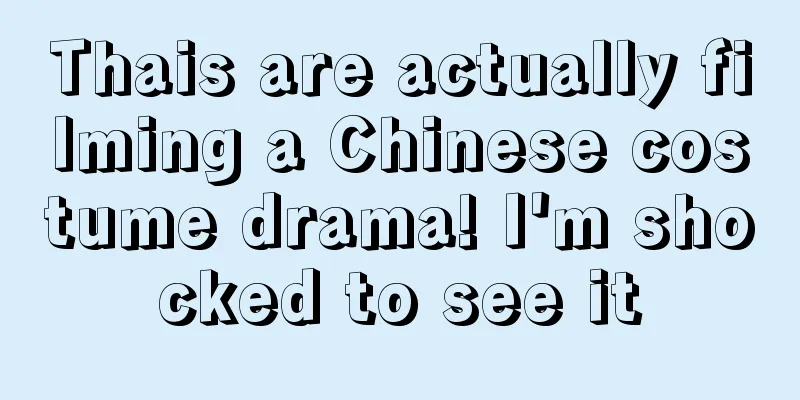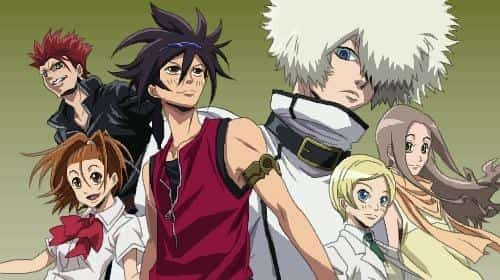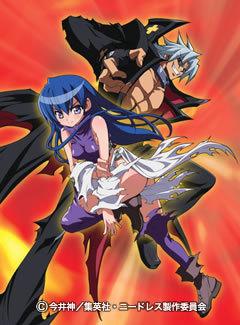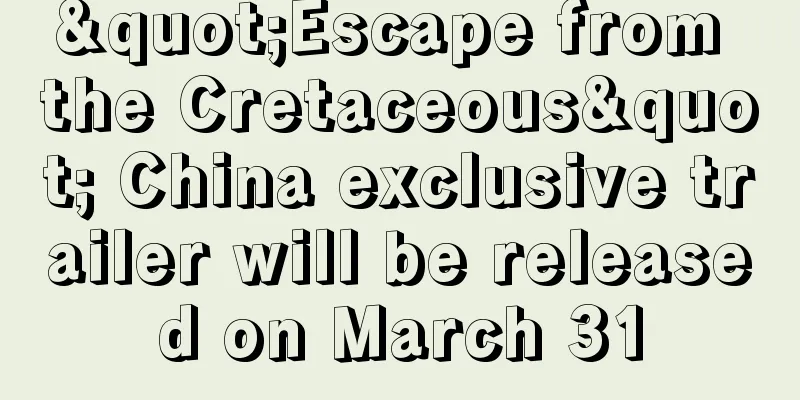The appeal and evaluation of "The Sun and the Frog": A moving story and the depth of its characters
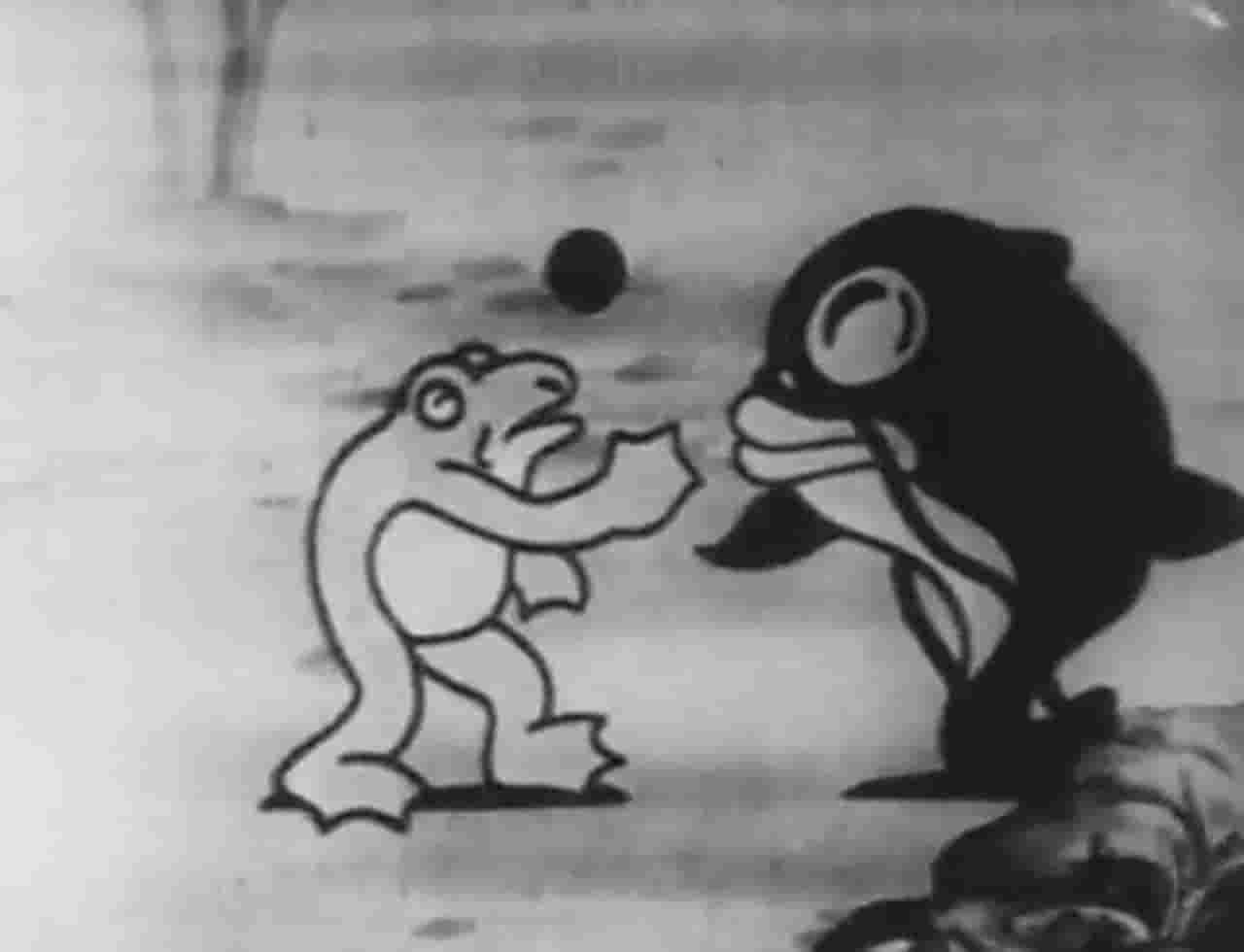
The Sun and the Frog: A Masterpiece of Prewar Japanese Animation■Overview of the work"The Sun and the Frog" (Ohisama to Kaeru) is a Japanese animated film released in 1936. It was released in theaters, and was based on a story by Shozo Sugiyama, directed by Manzo Miyashita, who was also in charge of animation and direction, and produced by Yokohama Cinema Shokai. This work is an original anime and only has one episode. ■ Story■ StoryIn the forest pond, frogs are multiplying, not only making noise but also eating a lot of food, to the despair of the fish. Led by the fish leader, the carp, they submit a letter of protest to the frog representative, but the frogs are told to put water on their faces, and war breaks out. The fish army is at a disadvantage, so they ask the giant catfish, the lord of the pond, to run for office. Thanks to the giant catfish's efforts, the frog army is defeated. Having run out of ideas, the frogs make a wish to the sun, and decide to let it shine on them to its heart's content. The sun listens to the frogs' wish and shines on them, but the water in the pond dries up, putting the fish in danger. Finally, with the giant catfish at the head, they ask for peace. The frogs are not willing to kill them all either, so the rain frogs pray to the heavens, asking for rain. Heavy rain falls and the pond is once again filled with water. This is an analogy that says that in a fight, both parties lose. ■Explanation■Explanation"The Sun and the Frog" is a video adaptation of the winning cartoon story in a contest held by the Educational Film Promotion Association in Konishiroku Honten. This work occupies an important place in the history of prewar Japanese animation films. Prewar Japanese animation also played a role as educational films and propaganda films, and this work also plays a part in that. ■Production BackgroundThe 1930s in Japan was a turbulent time before the war, and animation films were influenced by this. "The Sun and the Frog" was produced against this backdrop, and it also had significance as an educational film. Shozo Sugiyama's original story was written as an allegory to teach children the importance of peace, and Miyashita Manzo's drawings and direction made it a visually appealing work. ■ CharactersThe following main characters appear in "The Sun and the Frog."
■ Animation technology"The Sun and the Frog" is an animation that reflects the technical standards of the 1930s. At the time, hand-drawn animation was the norm in Japanese animation, which meant there were limitations to the expression of color and movement. However, Miyashita Manzo's drawings and direction bring out the maximum expressiveness within those limitations. In particular, the movements of the frogs and fish are realistic yet humorous, giving them an impression that is familiar to children. Furthermore, the depictions of sunlight and rain are also drawn making full use of the technology of the time. ■ Social significance"The Sun and the Frog" played a role as an educational film that emphasized the importance of peace in prewar Japanese society. It is depicted as an allegory to convey to children in an easy-to-understand way the horrors of war and the meaninglessness of conflict. It also depicts the power of nature and the importance of the environment, a message that is still relevant today. This work can be said to symbolize the social significance of prewar Japanese animation. ■ Evaluation and impact"The Sun and the Frog" is highly regarded among pre-war Japanese animation films. In particular, it was praised by many critics for the exquisite match between Shozo Sugiyama's original story and Manzo Miyashita's drawings and direction. This work also had a major influence on later Japanese animation. As Japanese animation developed after the war, elements of "The Sun and the Frog" such as its significance as an educational film, its depiction of nature, and the movements of the characters were carried over. ■Reasons for recommendation"The Sun and the Frog" is an essential work for understanding the history of prewar Japanese animation. It is also an excellent work as an allegory to teach children the importance of peace, and its message is still relevant today. Don't miss the drawings and direction of Miyashita Manzo, who brought out the maximum expressiveness within the limits of animation technology. This is a work that I would highly recommend to anyone interested in prewar Japanese animation or who wants to know its significance as an educational film. ■ Related worksOther Japanese animated films produced around the same time as The Sun and the Frog include the following:
■How to watch"The Sun and the Frog" can now be viewed on DVD and Blu-ray. It is also sometimes distributed online. It is also sometimes screened at archives and museums that specialize in prewar Japanese animation films, so if you're interested, be sure to check it out. ■ Summary"The Sun and the Frog" is a work that symbolizes the history of prewar Japanese animation, and an excellent fable with significance as an educational film. This work, which exquisitely matches the original work by Sugiyama Shozo and the drawings and direction by Miyashita Manzo, has a message that is still relevant today. This is a work that we highly recommend to those who are interested in prewar Japanese animation and those who want to know its significance as an educational film. Please also check out related works and how to watch it. |
<<: Review of "Hinomaru Taro: Ghost-Fighting": A story of fear and courage
Recommend
Captain America 007 suspense new film "Knives Out" has a good reputation and a Rotten Tomatoes freshness rating of 100%
The new suspense film "Knives Out", sta...
The appeal and evaluation of Disgaea: New possibilities for strategic RPGs
Makai Senki Disgaea - Makai Senki Disgaea - ■ Pub...
Kemono Friends Episode 12.1 In-Depth Review: What's the appeal of this new adventure?
"Kemono Friends Episode 12.1" - The app...
A thorough evaluation of the showdown between Lupin III and Cat's Eye! Who will win?
"Lupin the Third vs. Cat's Eye" - A...
Netflix animation "Junji Ito Maniac" will be launched on January 19, 2023
Today, September 25, Netflix announced that the n...
"Zero Saga: Saga Idols Are Legends" new visual released with major announcement
According to the new official news, the second se...
Review of "Laughing Under the Clouds": A touching story of laughter and tears
"Laughing Under the Clouds" - A Meiji-e...
James Wan's new horror film "Maleficent" has a release date and new promotional photos released
Today (January 27), according to foreign media Co...
Karuizawa Syndrome: Appreciating the fusion of animation and live action
Karuizawa Syndrome: A timeless and moving story R...
HBO's 'House of the Dragon' season finale premiered with 9 million viewers
There's no doubt that Game of Thrones means a...
A thorough analysis of the daily joys of living together with dogs and cats!
"Having both a dog and a cat makes every day...
The second phase of "Tiger and Rabbit Heroes 2" main art will be launched exclusively on Netflix on October 7
The second phase of Sunrise's original animat...
The appeal and evaluation of Senki Zesshou Symphogear G short episode
Senki Zesshou Symphogear G Original Short Episode...
The official trailer of Yuasa Masaaki's animated film "Inu-oh" is scheduled to be released on May 28
The new animated feature film "Inu-oh" ...
Spider-Man 4 is rumored to start filming at the end of 2023 and be released in 2025
According to Spider-Man: Updates, a Spider-Man in...

